Punjab Travel Guide
For the small but significant Sikh community in Singapore, Punjab is the homeland of their forefathers. Many of the Sikhs that came from Punjab in the 19th century were deported to Singapore as convicts or servants and eventually took up jobs in security or police work. Today, Singaporeans recognise the Sikhs by the turbans that the males wear to protect their hair. Some notable Sikhs include local comedian Gurmit Singh and the politician Pritam Singh.
A trip to their forefathers’ homeland of Punjab will bring a deeper understanding of the traditions and customs that they still practice today, both for the Sikhs and the larger Singaporean community. Get a glimpse into the Sikh religion that is steeped in rich history and long-standing traditions as you traverse the Punjab region.
[tabs]
[tab title=”Best time to visit” icon=”entypo-light-up”]
Best time to visit
Avoid the Summer and rainy seasons. The best time to visit would be during the winter seasons, from October to March.
[/tab]
[tab title=”Getting there” icon=”entypo-book”]
From Singapore, you can take a flight to Chandigarh International Airport, often with a stopover at New Delhi.
[/tab]
[tab title=”Where to stay” icon=”entypo-book”]
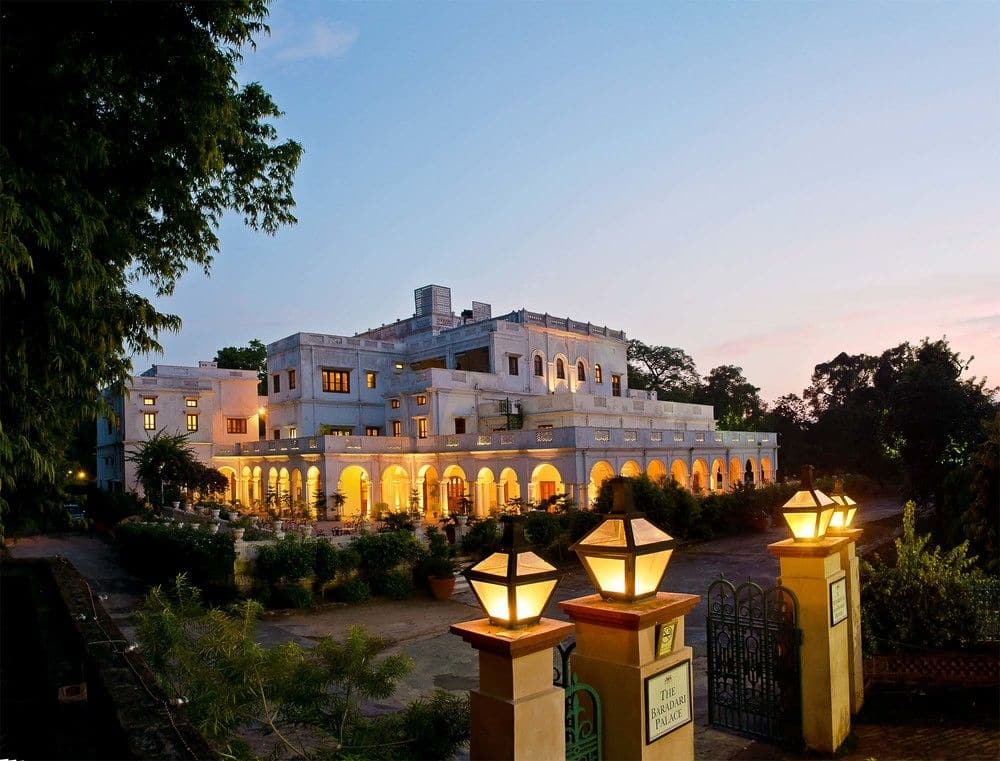
If you’re making a trip to Punjab, make sure to stay at the Neemrana’s Baradari Palace. More than just a luxury hotel, the Palace is a historical monument located in Patiala. Converted from a palace, the hotel offers guests a royal experience from the warm hospitality to the top-notch facilities.
[/tab]
[/tabs]
Cultural Treasures to Look Out For

Turbans (Dastar)
The most recognisable trait of a Sikh is the turban that male Sikhs wear, also known as the Dastar. The Sikh religion believes that the hair is sacred and should not be damaged or cut. Putting on the turban serves to protect the hair from damage.
Kurti
Walking along the streets of Punjab, you’ll see many men and women dressed in traditional attire. Most of them will sport the Kurti, a form of traditional casual wear worn by both men and women.
Phulkari
Phulkari is an embroidery technique unique to the Punjab region that features a lot of florals. Directly translated, the word means ‘flower craft’ and is done on a variety of fabric, especially on women scarves.
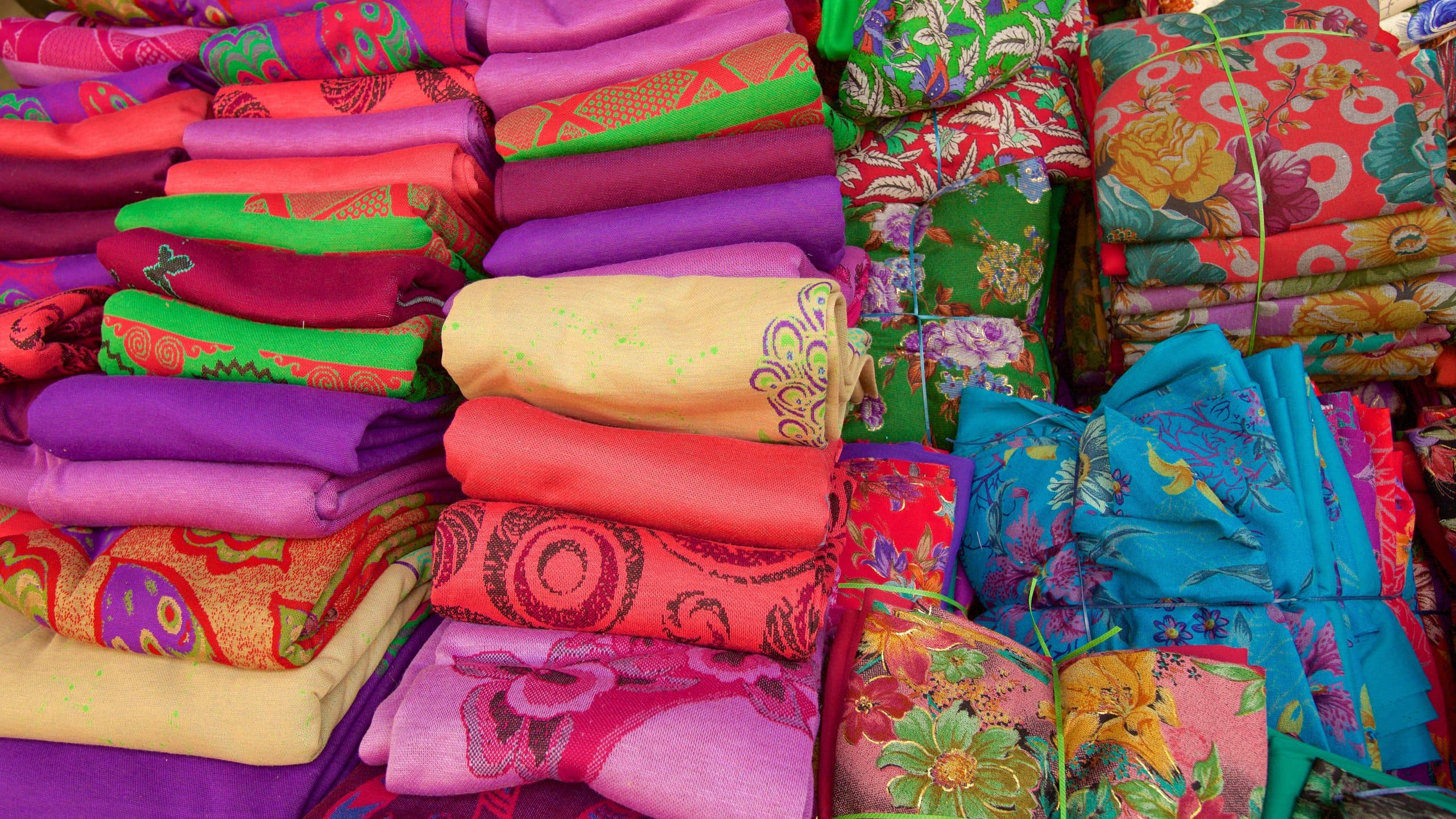
Punjab cities still preserve their sacred temples and heritage buildings, not to mention their old-school shophouses. Amritsar, Chandigarh, and Patiala also have a good dose of natural attractions on top of the nostalgic landmarks.
Places to Visit in Punjab

1. Sri Harmandir Sahib (the Golden Temple), Amritsar
Nostalgic Kampung: Nothing has really changed in Amritsar. The nostalgic landmarks still draw flocks of tourists each year.

The Sri Harmandir Sahib is a gurdwara (place of worship for the Sikhs) and is considered the holiest site in the region. Dripping in gold, the aptly named Golden Temple is also the most important pilgrimage site for the Sikhs. The building sits in the middle of a square pool known as the pool of nectar. The pool water is believed to have healing and restorative powers.
Address: Golden Temple Road – Atta Mandi, Katra Ahluwalia, Amritsar 143001
Opening Hours: The opening hours may vary. Refer to this website for more details.
How to get there: From the city centre of Amritsar, you can either take a 15-minute walk to get to the Golden Temple or hail a local taxi to bring you there.
2. Jallianwala Bagh, Amritsar
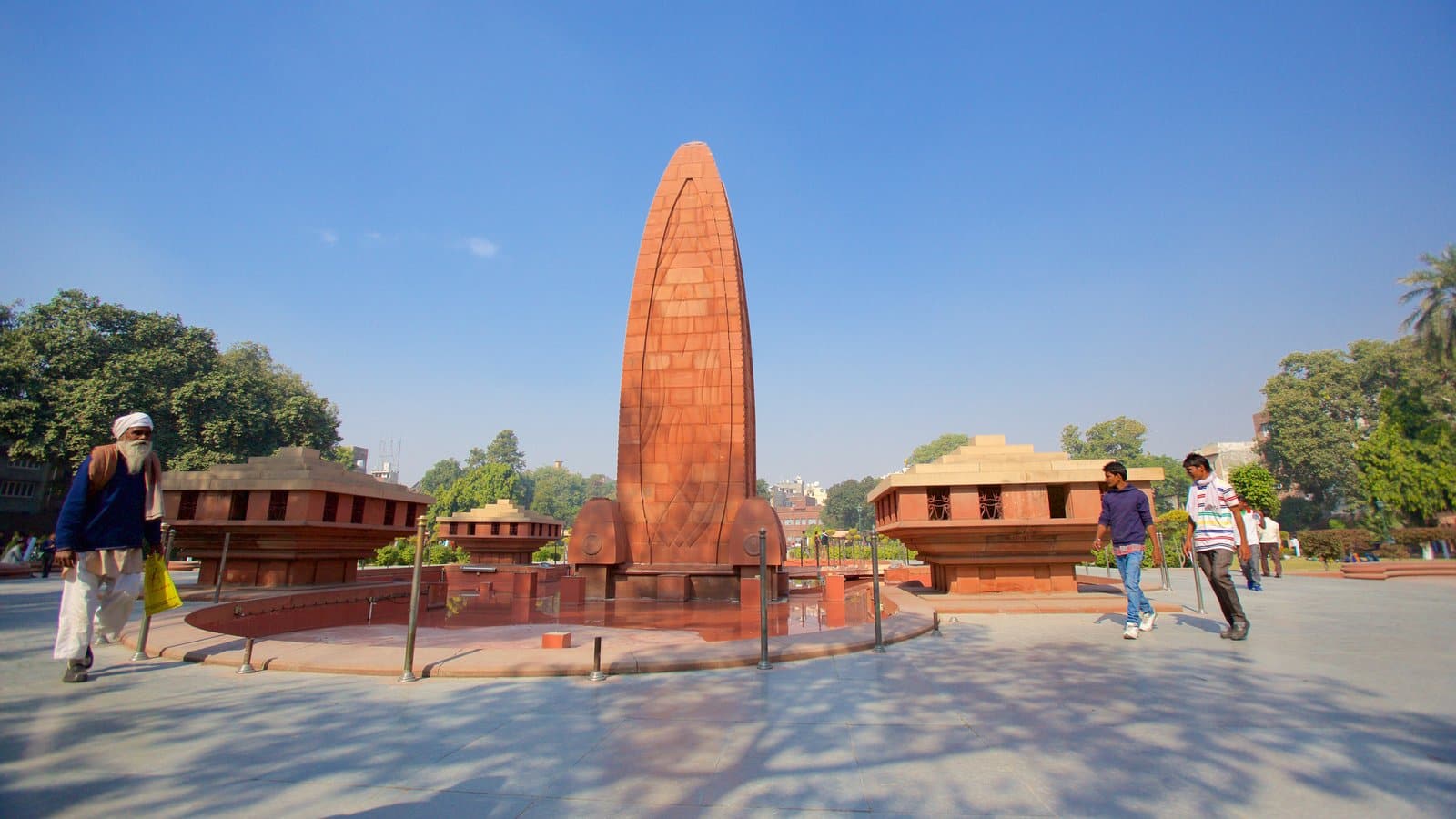
Just a 5-minute walk from the Golden Temple, the Jallianwala Bagh is the site of the 1919 Amritsar massacre of the Sikhs by British Indian Army soldiers. The structure was erected to honour the 1579 people who were killed in the tragedy. Take a walk around the memorial site, and you’ll be able to find bullet holes on the walls of adjacent buildings.
Address: Golden Temple Road, Amritsar 143001
How to get there: 5-minute walk from the Golden Temple
3. Ramgarhia Bunga, Amritsar
Ramgarhia Bunga is the only surviving structure of the Bunga architecture and is a marvel of Sikh architecture. It serves as a fort to protect the holy complex of the Golden Temple as the temple was destroyed and rebuilt many times. From afar, you can spot the two pink-coloured towers that were built to monitor the surrounding area for intruders and to call for help.
Address: Golden Temple Road, Amritsar 143001
How to get there: 10-minute walk from the Golden Temple
4. Wagah Border, Amritsar
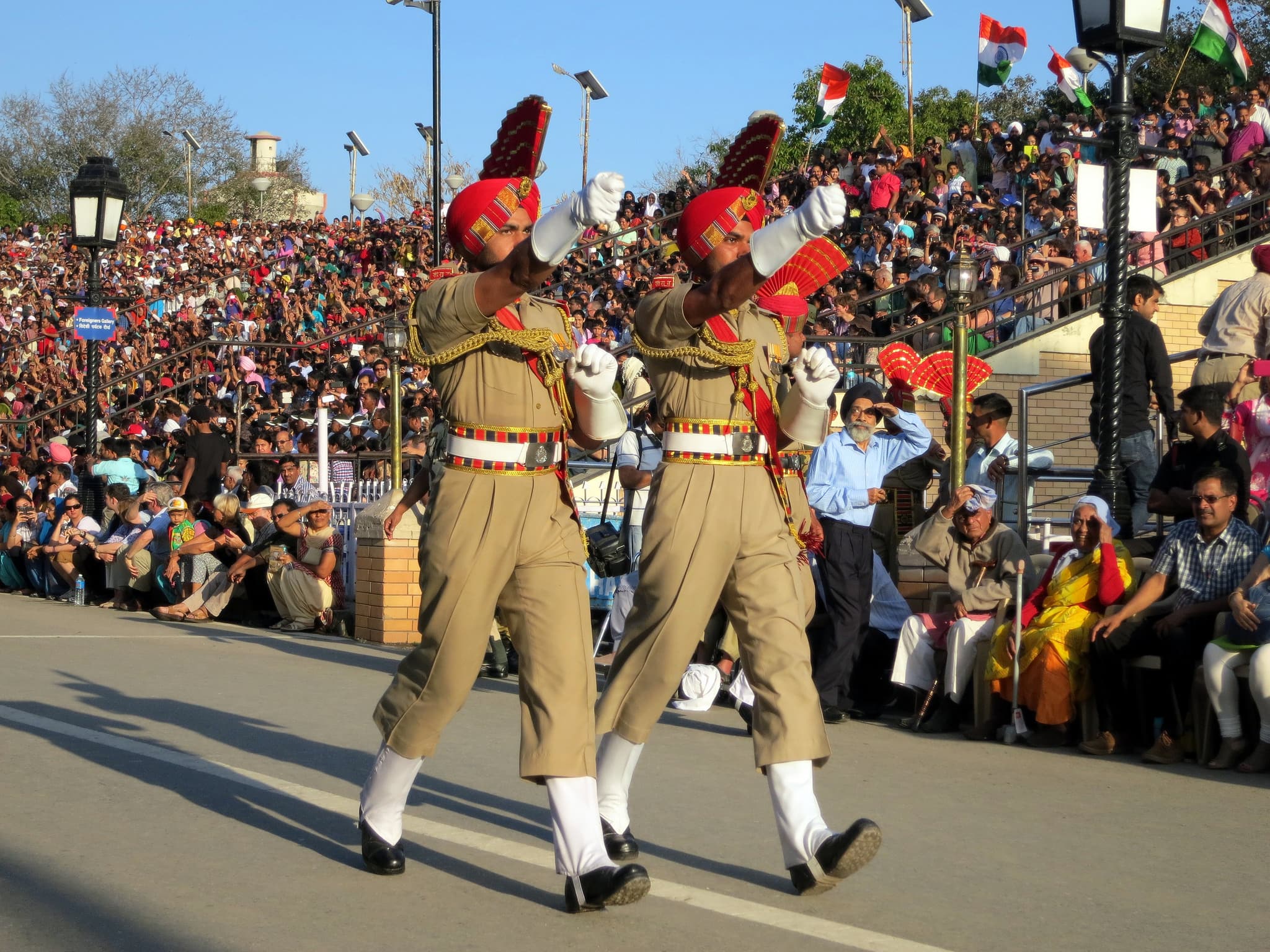 CC2.0 / Stefan Krasowski
CC2.0 / Stefan Krasowski
A must-see for every visitor to the Punjab region is the closing of the Wagah Border between India and Pakistan every evening. The 45-minute long ceremony involves a change of guards and retreat of troops with hundreds of locals watching from either side. It’s a beautiful and culturally significant ritual that should not be missed.
Address: Wagah, Hardo Rattan, Punjab 143108, India
Operating Hours: The ceremony starts at 4:15 PM in winter and 5:15 PM in the summer and lasts for about 45-minutes
How to get there: It is a 50-minute drive from Amritsar City Centre.
5. Sheesh Mahal, Patiala
British Kampung: The remnants of British-era mansions and bungalows as a reminder to Patiala’s glorious days. A laid-back town you can slowly explore.
Once the residential palace of the Maharajas of Patiala, the Sheesh Mahal is also known as the Old Moti Bagh Palace. The building now serves as a museum and exhibition space. One section of the compound known as the Palace of Mirrors is adorned entirely in coloured glass and mirror work. The museum wing features important literary works and paintings. The items on display at the Sheesh Mahal in Patiala tell about the Maharajas’ lifestyle and culture.
Address: Old Moti Bagh, Moti Bagh, Patiala, Punjab 147001, India
Opening Hours: Monday – Sunday, 9 am – 6 pm
How to get there: From Patiala city, take a short 10-minute car ride to get to Sheesh Mahal.
6. New Moti Bagh Palace, Patiala
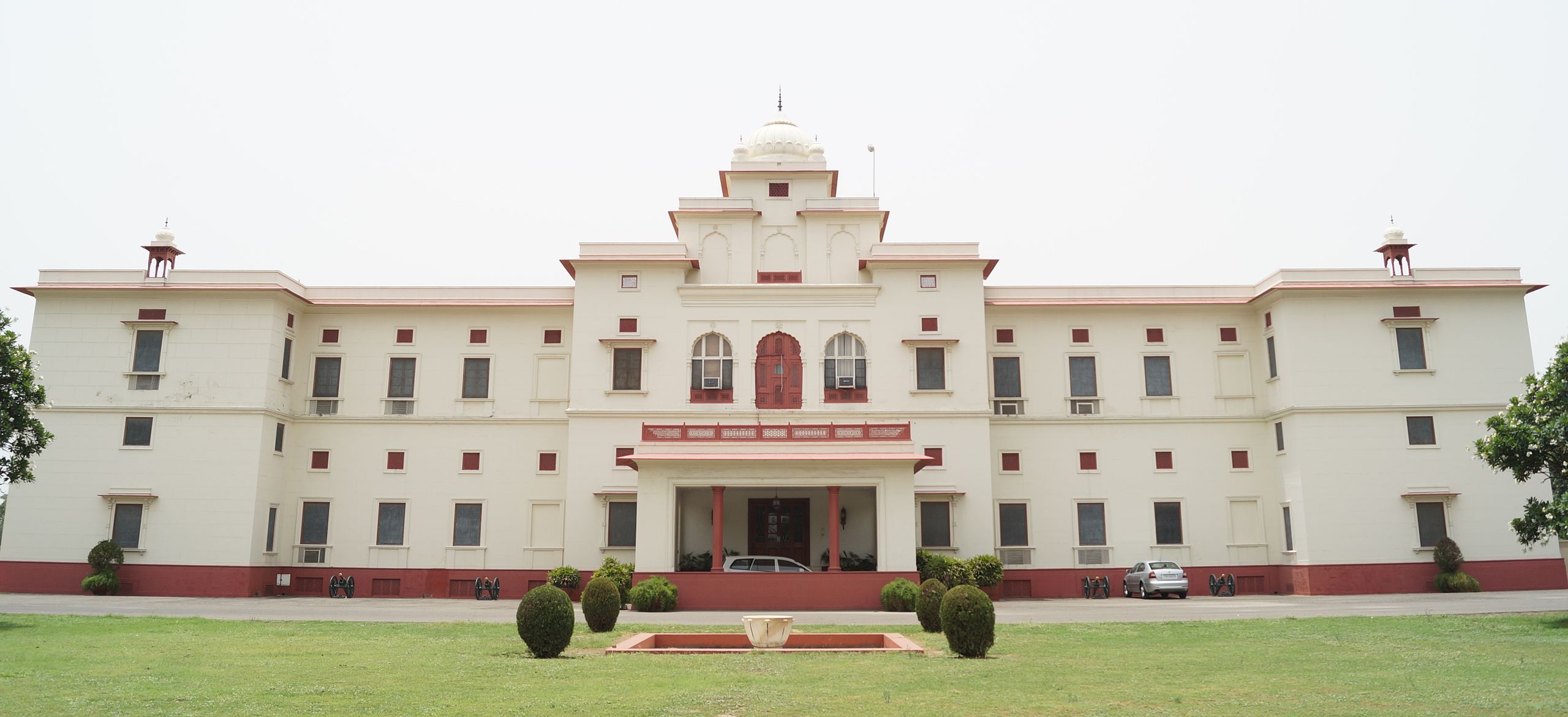 CC BY-SA 4.0 / Satdeep Gill
CC BY-SA 4.0 / Satdeep Gill
The New Moti Bagh Palace was the Maharajas’ residence after moving out from the old palace until the 1940s. The New Moti Bagh Palace now houses the Punjab Congress president Captain Amarinder Singh. Celebrations and festivals are often celebrated here on the sprawling campus.
Address: Patiala, Punjab 147001
Operating hours: Tuesday – Sunday, 10 am – 5 pm | Closed on Mondays.
How to get there: The new Moti Bagh is across the road from the previous location.
7. Qila Mubarak, Bathinda
Quaint Kampung: A sleepy town with barely any tourists. Fully immerse yourselves with the locals.
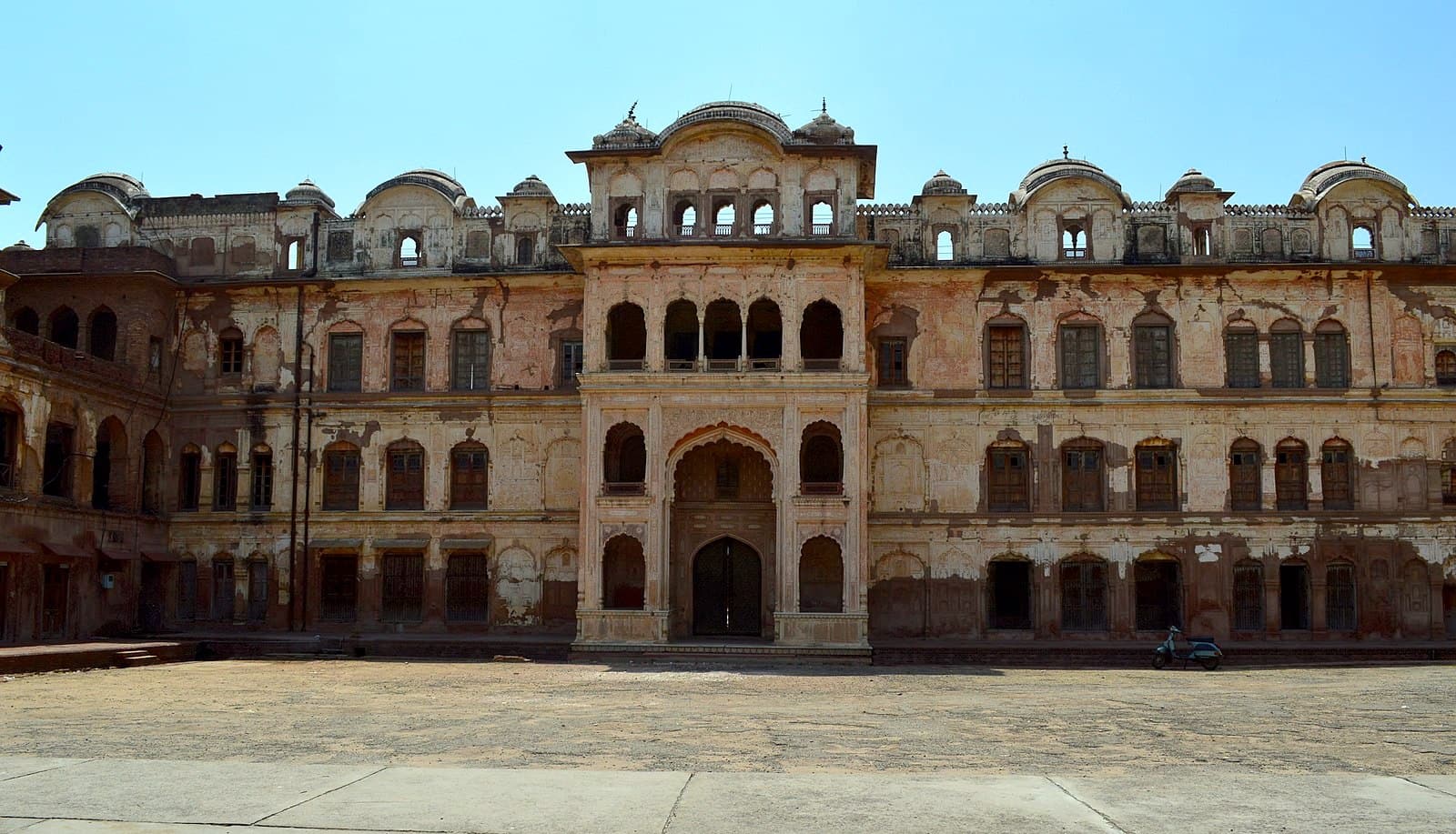 CC3.0 by Milind Kulkarni
CC3.0 by Milind Kulkarni
A monument of great historical importance, the Qila Mubarak is a fort that dates back to 90-110 AD. The structure has been built and rebuilt many times over the centuries and has witnessed the long history of the Punjabis and the Sikhs alike. It is also considered an important archaeological site, supervised by the Archaeological Survey of India. The site now hosts a Gurdwara within the fort.
Address: 4144, Qila Road, Old City, Bathinda, Punjab 151001, India
Operating Hours: Tuesday – Sunday, 9 am – 5 pm | Closed on Mondays
How to get there: Take the train from Amritsar to Bathinda city. The Qila Mubarak is walking distance from the city centre.
8. Zakir Hussain Rose Garden, Chandigarh
Advanced Kampung: The cosmopolitan city is a comfortable base to explore the nostalgic monuments and squares.
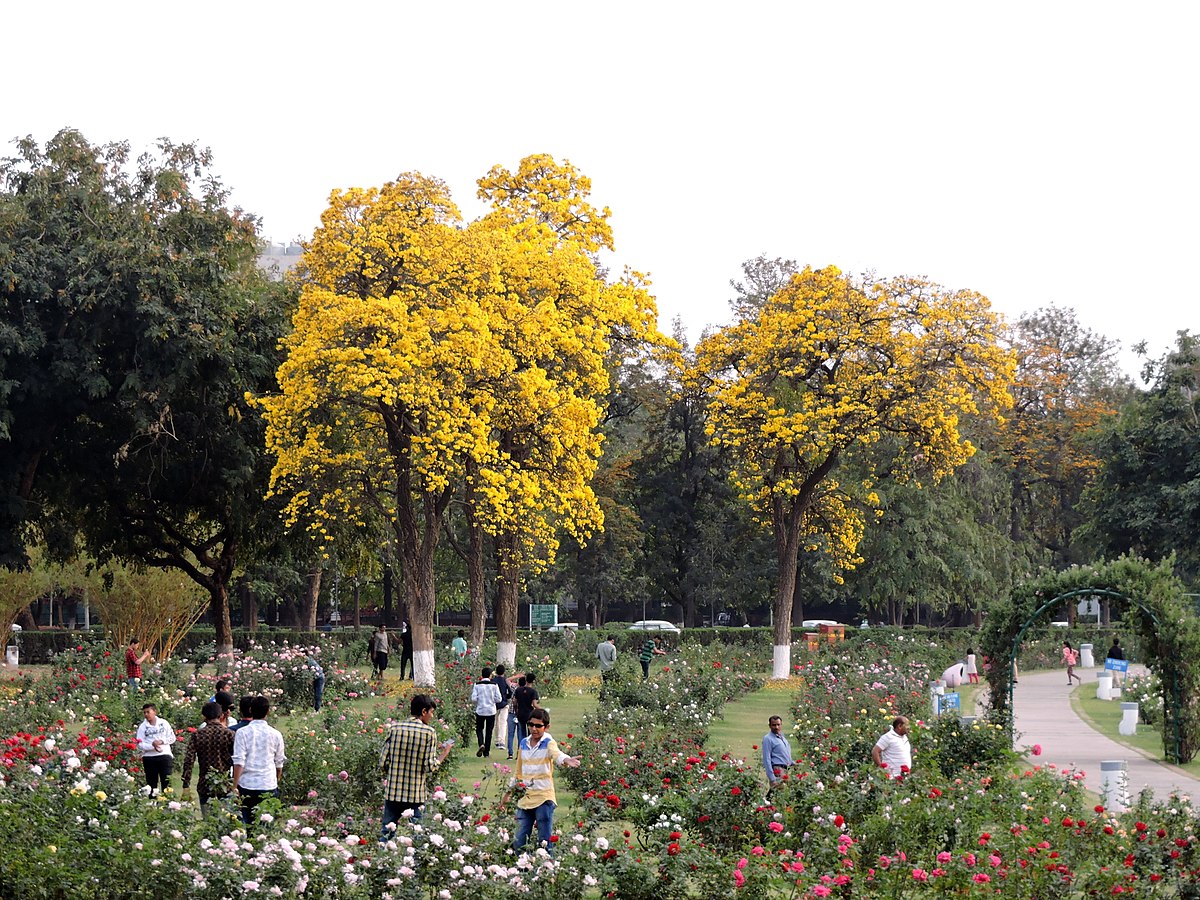
CC4.0 by Harvinder Chandigarh
For a welcomed change of pace, Chandigarh offers a place for visitors and locals to steal away from the bustling streets and enjoy a refreshing stroll through the rose garden. The Zakir Hussain Rose Garden is also the largest rose garden in Asia. Visit in February during the rose festival and feast your eyes on the huge and elaborate rose arrangements and other cultural events.
Address: 16B, Sector 16, Jan Marg, Chandigarh, 160016, India
How to get there: The rose garden is right next to the city centre of Chandigarh in sector 16.
9. Rock Garden, Chandigarh
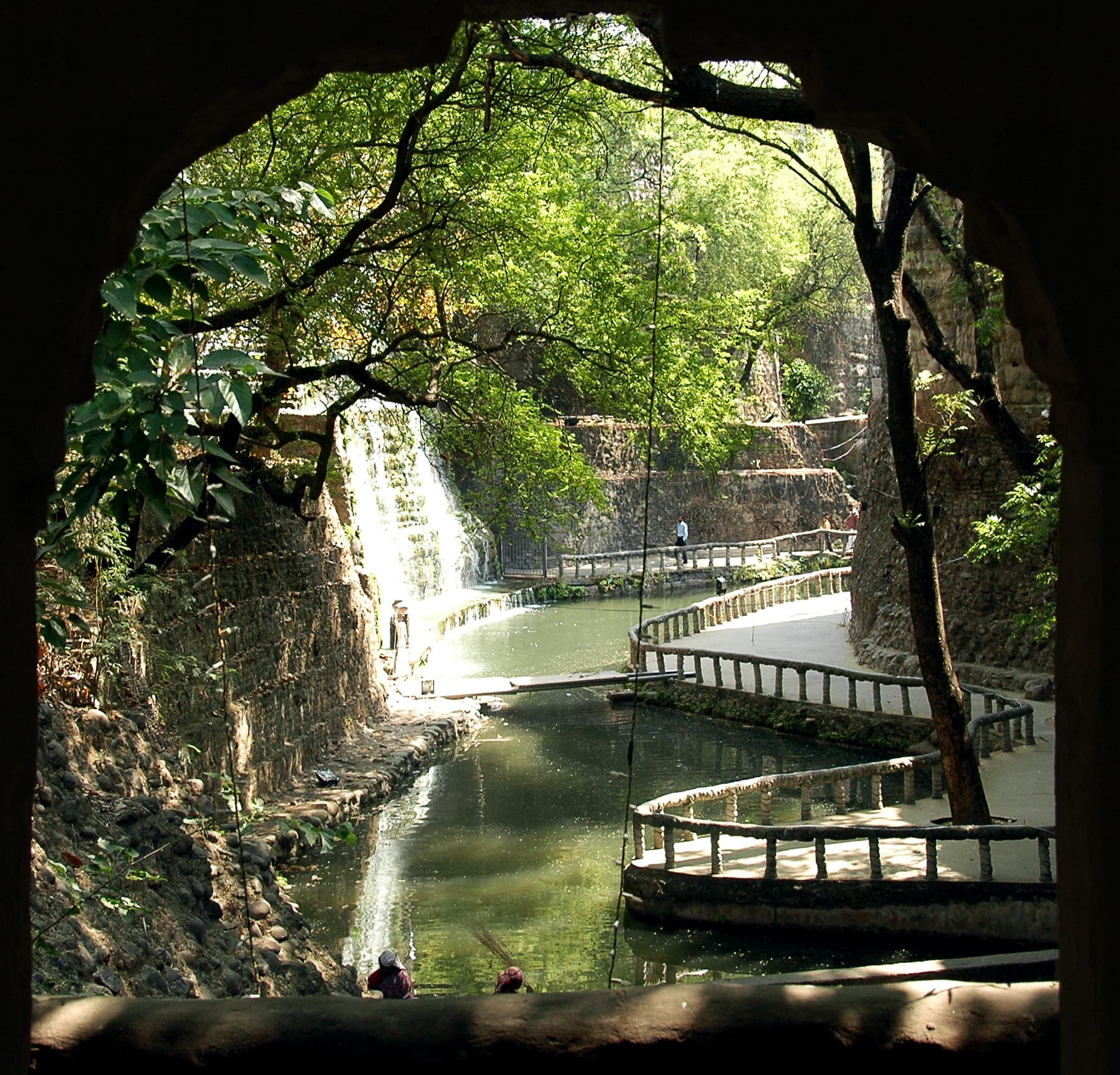
CC2.0 by Nagesh Kamath
Visitors to the rock garden will be greeted with arrangements of rocks, boulders, industrial objects and building waste that look like an assortment of folk-culture objects like palaces, soldiers, monkeys and temples. Artists and art lovers from all over the world fly in to appreciate the intricately decorated and daring structures found in the rock garden. As you take a leisurely stroll through the garden, keep your eyes peeled for a sighting of Nek Chand, the artist responsible for the works of art.
Admission Fee: 20 Rs.
Address: Sector No.1, Chandigarh, India
Operating hours: Daily | Summer, 9 am – 7:30 pm | Winter, 9 am – 6 pm
How to get there: Hail a taxi from the city centre to the Rock Garden. It is a short 10-minute ride.
10. Sanghol Museum, Sanghol
Ancient Kampung: Pre-civilisation relics and sites scattered around the little village. As kampung as you can get.
Along the main road towards the museum, you’ll be able to spot a Buddhist Stupa and a monastery complex dating back to the 1st century AD. The Sanghol Museum is an archaeological treasure trove that houses artefacts from more 4,000 years ago. These ancient relics dating back to the Harappan civilization were dug up and found in the Sanghol village nearby. The exhibition features items that range from sculptures to jewellery and coins.
Address: Fatehgarh Sahib, Punjab 140802, India
Operating hours: Monday – Saturday, 9 am – 5 pm
How to get there: Hire a private guide to bring you to the village of Sanghol. It is a 1-hour drive from Chandigarh.
Punjab Cuisine: Must-Try Dishes

Punjabi cuisine often uses tandoori cooking technique and are rich and buttery. Basmati rice and dairy products are commonly used by the Punjabis.
Hara Paneer Tikka
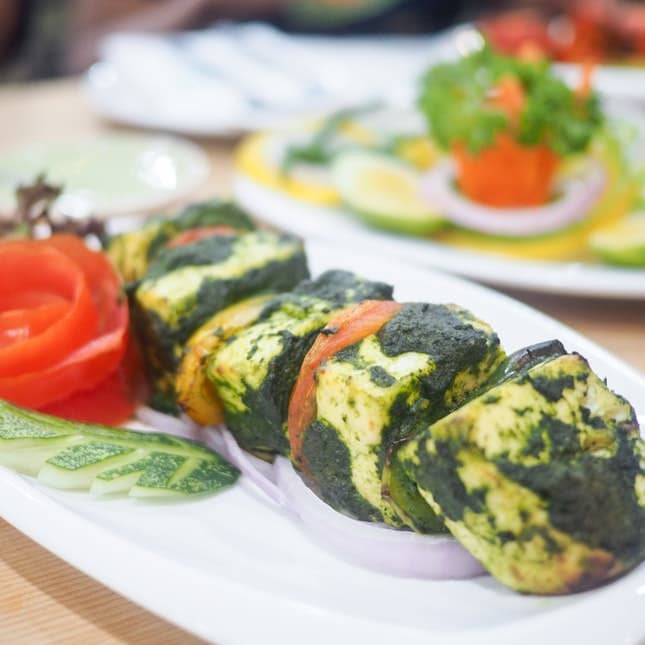
Credit: Irene Arieputri
Chicken Tikka
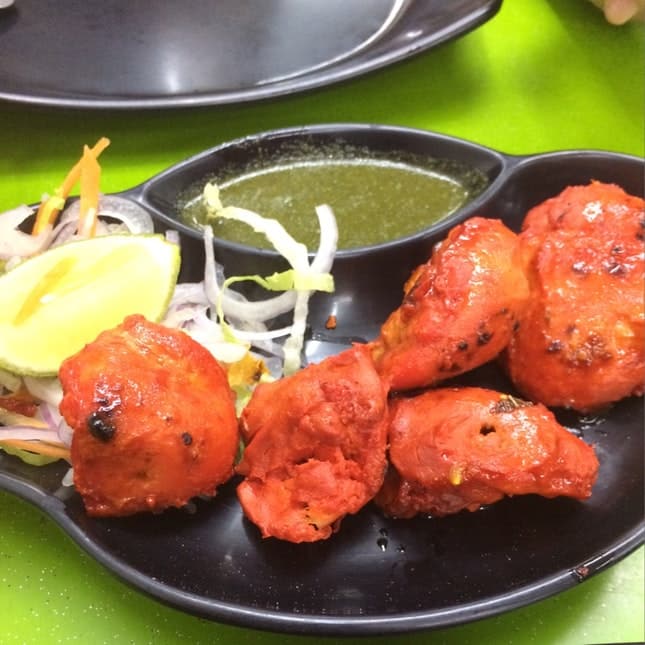
Credit: Irene Arieputri
Aloo Parathas
Prata stuffed with potato, cauliflower, cottage cheese.
Best in Giani Parontha, Bathinda.
Tandoori chicken
Chicken marinated in yoghurt and spices and roasted in tandoor (clay oven).
Best in Makhan Fish and Chicken Corner, Amritsar.
Punjab sweets
There are plenty of sweets in Punjab: gulab jamun, milk cake, pratisa, etc.
Best in New Goap Sweets, Patiala.